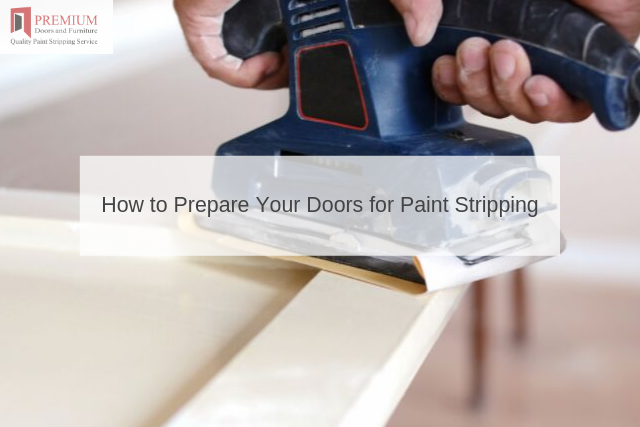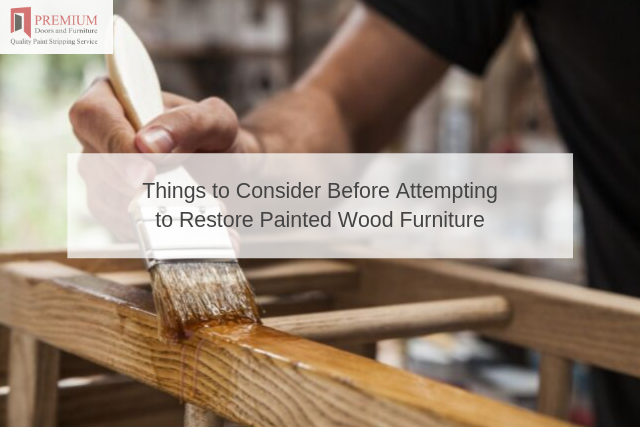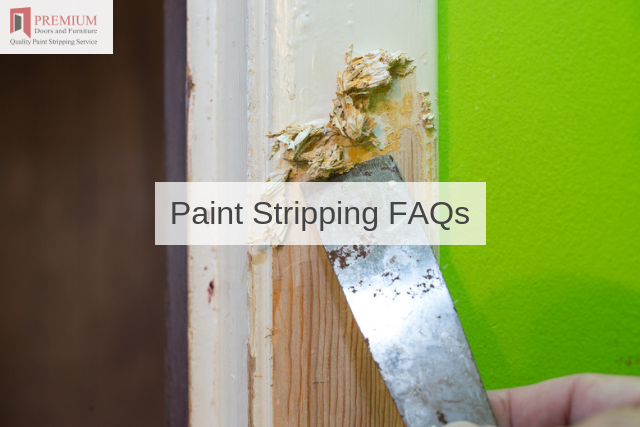 The dip and strip method of refurnishing wood and metal furniture involves first using a solvent or a heat gun to remove paint, rust, and other imperfections (dipping it) and then using a sanding tool to strip it down.
The dip and strip method of refurnishing wood and metal furniture involves first using a solvent or a heat gun to remove paint, rust, and other imperfections (dipping it) and then using a sanding tool to strip it down.
When done right, the result is a smooth surface that looks and feels brand new.
What we have here is a basic door stripping guide, with links to other posts on the blog that go into greater detail.
First, here’s what you’ll need:
- tarpaulin sheets
- trestles
- a heat gun
- a sander
- a putty knife or metal scraper
- an abrasive sponge
- a mask
- protective goggles
- gloves
- a sealable pot
For a more detailed explanation on some of these tools, check out this post.
Once you’ve got all your gear, here’s how to go about dippind and stripping the door.
Preparing the Door
Use your tarpaulin sheets to cover the floor underneath the trestles, and make sure the workspace is well ventilated (open the windows).
You’ve removed the door from its hinges, so now you can lay it across your two trestles. Make sure its completely stable.
Getting to Work—Dipping
Put on your protective rubber gloves, your goggles, and your mask, and turn the heat gun on -carefully- to about 200 degrees (570 Fahrenheit). Be extremelly careful with the gun as you melting the rubber gloves can cause serious injury.
Placing the nozzle at about 10 centimeters away from the surface of the door, and then tilting it to a 45 degree angle, you’ll notice that the paint, varnish, or whatever coating is on the door starts to bubble up. You don’t need to stay in one spot for more than 15 seconds.
Stripping
Use your putty knife or metal scraper to carefully remove the bubbled coating. If you notice that the heat gun hasn’t been enough to get straight down to the wood grain, then you might want to break out your eectric sander with 40 grit sandpaper. Start for the edges and move the sander towards the center of the door.
Use your abrasive sponge for the very final touches of the door stripping process. Once your done, cleanup thoroughly and keep the area ventilated. You’ll also want to avoid eating in the work area for a few days.












